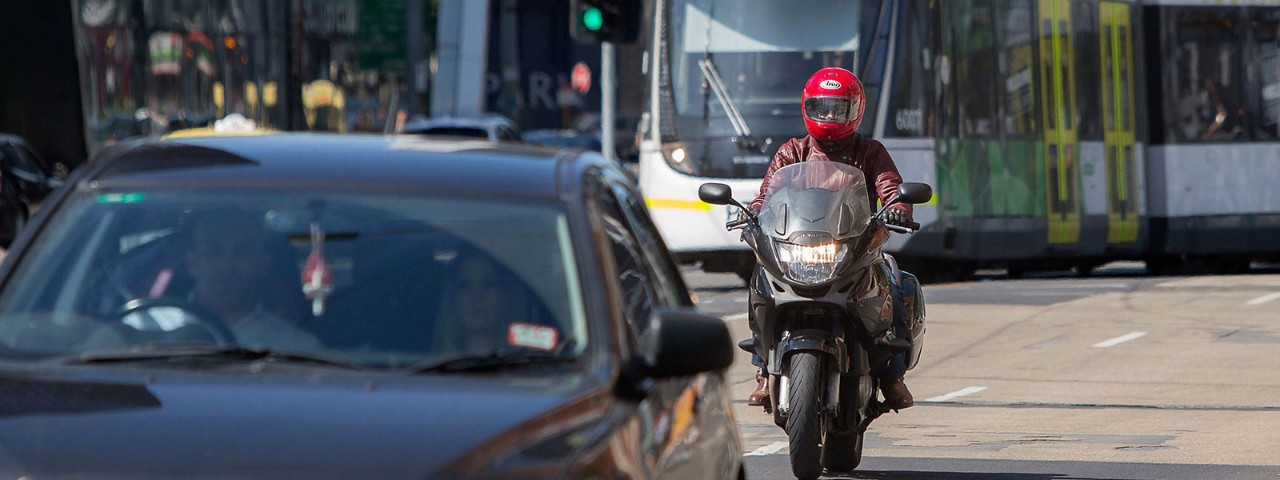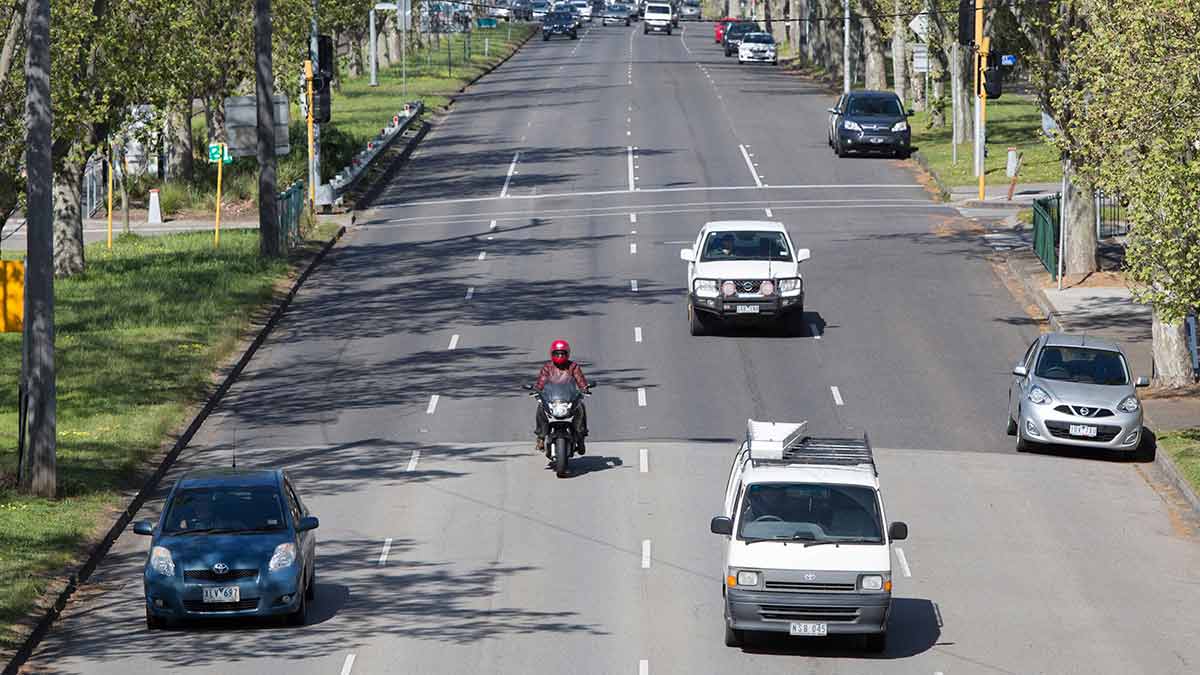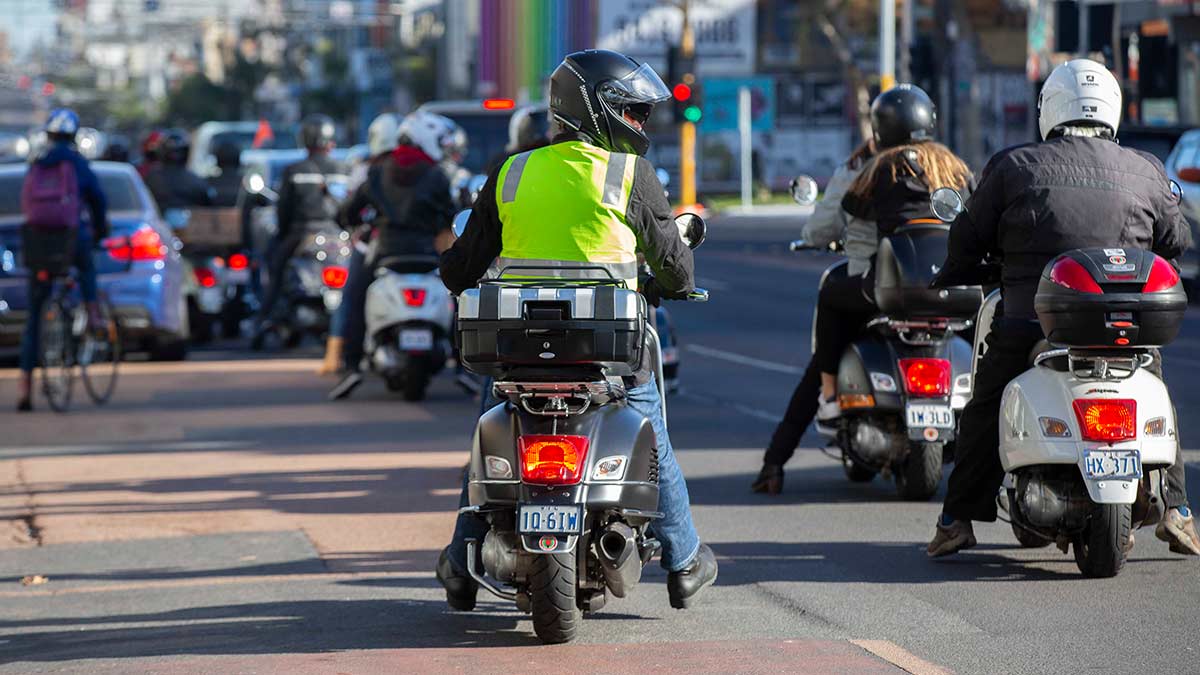ANCAP safety ratings are your best guide to the safest cars, SUVs and utes on sale in Australia and from 2026 will focus on key issues such as EVs, emergency calls and irritating technology. Here’s everything you need to know.
Safe riding tips for motorcycle riders - beginner and experienced

Motorbike riders may be exposed to more risks than car drivers on Victorian roads. Here's what beginner and experienced motorbike riders need to know to stay safe.
With growing congestion on the road, choosing an electric bike, motorbike or motor scooter may make more sense than a car for specific journeys, particularly in busy urban areas. Cheaper to buy than an extra car, motorbikes cost less to run, can park for free on the footpath in Victoria and are better for navigating peak-hour traffic. Motorbikes also contribute less to the overall level of congestion.
But while small, nimble, efficient forms of personal transport can play a role in reducing traffic, there are increased safety risks for motorbike riders, especially leaner riders. Comfort and convenience can also be compromised for riders during inclement weather or in busy traffic.
Motorbike insurance can help give riders added peace of mind. You could get cover for personal liability, damage to third party property and your own motorbike depending on the type of policy you choose.
October is also the Transport Accident Commission’s Motorcycle Awareness Month which aims to promote safe riding behaviours and encourage both motorists and motorcyclists to share the road safely. Those thinking about taking up motorcycling are advised to be aware of the specifc restrictions that apply for learners.
Motorcycle safety tips every bike rider should know

It's important for motorbike riders to be as visible as possible on the road

There is more to protective gear than just a helmet. Consider also wearing high-visibility vests, gloves and strong boots
The information provided is general advice only. Before making any decisions please consider your own circumstances and the Product Disclosure Statement and Target Market Determinations. For copies, visit racv.com.au. As distributor, RACV Insurance Services Pty Ltd AFS Licence No. 230039 receives commission for each policy sold or renewed. Product(s) issued by Insurance Manufacturers of Australia Pty Ltd ABN 93 004 208 084 AFS Licence No. 227678.


